Jacopo Tiepolo was the 43rd doge of Venice, ruling from 1229 to 1249. He left his marks on the city, which are clearly visible even today, eight centuries later.
He, and his son Lorenzo Tiepolo, were the only doges from the Tiepolo family. Lorenzo became the 46th doge of Venice, ruling 1268–1275.
Their fame was, however, surpassed by the infamy of great-grandson and grandson, Bajamonte Tiepolo. He was one of the leaders of the Tiepolo-Querini conspiracy of 1310, which led to the creation of the Council of Ten.
The tomb of Jacopo Tiepolo, and of his son Lorenzo, is one of the oldest extant ducal burials, and the one seen by most, and noticed by the fewest.
The Tiepolo family
Medieval chronicles recount that the Tiepolo family originated in Rimini, an ancient Roman city, and arrived in early Venice during the invasions of the Lombards.
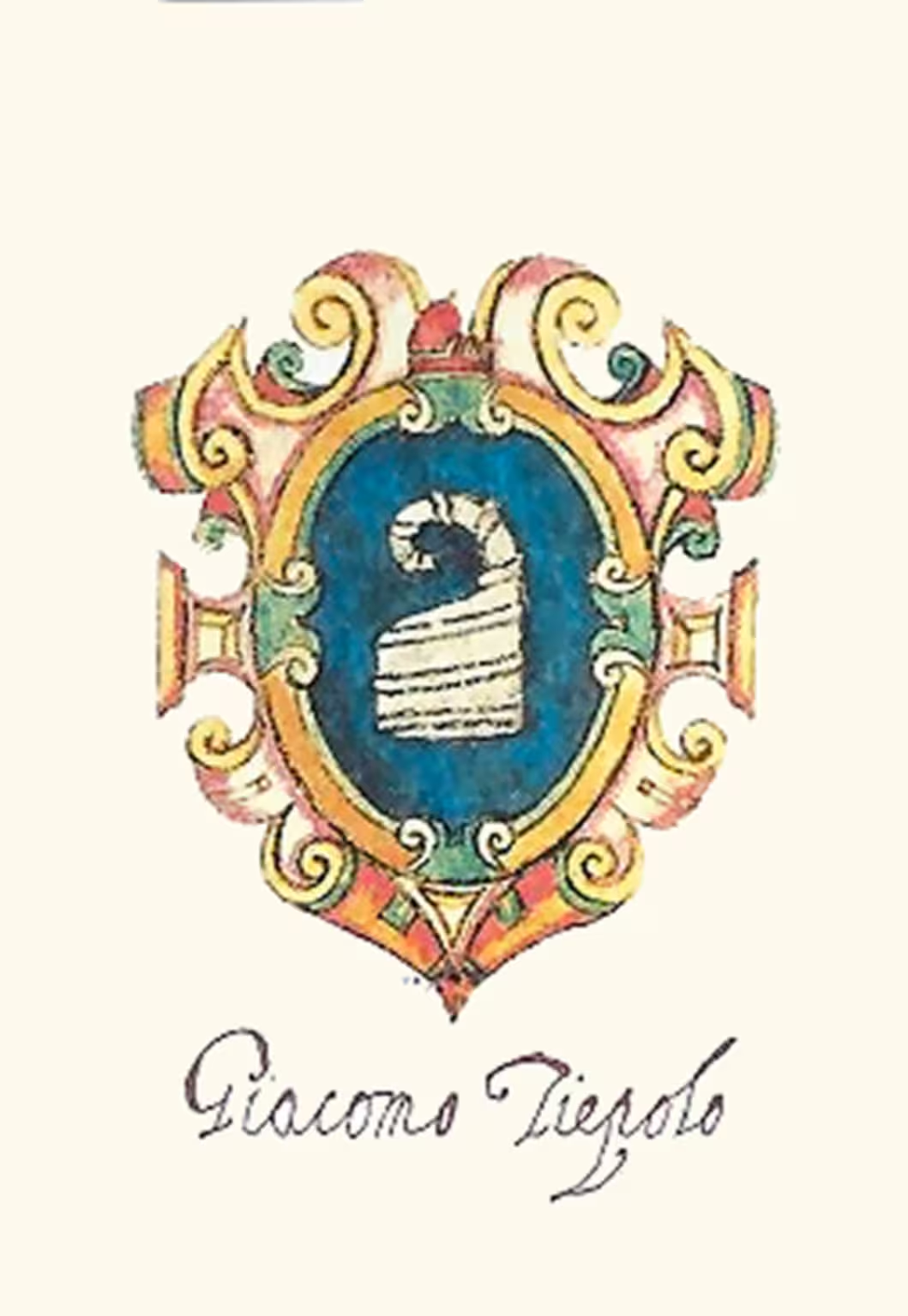
That could be any time during the 600s or 700s.
The Tiepolo family was therefore considered one of the case vecchie — the old houses — indicating an origin in Venice earlier than around 800, long before the Serrata del Consiglio in 1297, when membership of the aristocracy was regulated by law, rather than by custom.
The first individual, who is documented, is a Bartolomeo Tiepolo, who was appointed Procuratore di San Marco in 1049.
The Tiepolo family were wealthy and well-connected merchants, with little predilection for politics. In fact, before Jacopo Tiepolo, nobody from the family appears to have engaged in Venetian politics.
The 1200s, with Jacopo Tiepolo and his son Lorenzo, were the zenith for the Tiepolo family.
Who was Jacopo Tiepolo
Jacopo Tiepolo was probably born sometimes before 1170, but in a society where child mortality was sky-high, births often weren’t registered, as many of the children would only live a few years anyway.
We know he was active in Venetian trade on Constantinople as early as in 1190 and in 1196, in merchant fleets financed by Pietro Ziani, son of doge Sebastiano Ziani (1172–1178).
The first marriage of Jacopo Tiepolo was to a woman from the Storlato family, probably named Maria. The Storlato were merchants, and traditionally placed among the Case Nuove, the noble families from after 800.
The got four surviving children, one daughter and three sons.
The daughter, Maria, married to a Gradenigo. The three sons, Pietro, Giovanni and Lorenzo, all followed in their father’s footsteps, and pursued careers in commerce, politics and military. Lorenzo would later become doge too.
We don’t know when Maria, the wife of Jacopo Tiepolo, died, but she died well before him, as he remarried later.
Early career
In 1205, after the death of doge Enrico Dandolo during the Fourth Crusade, Jacopo Tiepolo was one of the forty electors who chose the new doge.
This was an important step into politics, which would be decisive for the future of Tiepolo.
The new doge was Pietro Ziani, to whom Tiepolo was close. Pietro Ziani would head the Republic for the next two decades.
Two years later, Tiepolo was appointed Giudice del Comun (later called Giudice al Forestier), in a court which mostly heard cases about navigation and trade disputes between Venetians and foreigners.
Duke of Candia
Soon after, Venice acquired the island of Crete, which they called Candia, and in 1209, Tiepolo was appointed Duke of Candia — governor of the island.
Nobody had asked the locals if they wanted to be ruled by the Venetians, and they rebelled.
Suppressing the rebellion took several years, and Tiepolo had to ask for help several times. In 1211–1212, Venice sent a fleet to Candia to help, and later Tiepolo turned to Marco Sanudo for help.
Marco Sanudo had, in the slipstream of the Fourth Crusade, created himself a Duchy of Naxos in the Cyclades. This little known Venetian duchy would exist until the 1500s.
With assistance from Sanudo, Tiepolo regained control of all of Candia. Marco Sanudo, however, was loath to leave, as he saw an opportunity to enlarge his island duchy. Nevertheless, Tiepolo talked him out of it, and could return the island to Venice in fairly good order.
It appears that Tiepolo was much better at trade, diplomacy and administration, than at warfare.
Due to the conflict, his tenure in Candia lasted five years, until 1214, instead of the normal three.
Podestà of Constantinople
He appears to have spent the next few years back in Venice, but in 1218 he was appointed Podestà of Constantinople. The title of podestà was also a kind of governor, but more centred on a city than on a territory.
The Fourth Crusade had earned Venice control of a sizeable part of both Constantinople and of the Latin Empire as such, and Venetian merchants dominated trade in Byzantium.
Even though the Venetian controlled parts of Constantinople and of the former Byzantine Empire were formally part of the Latin Empire of the East, in practice the Venetian dominions semi-independent.
The distance from Venice made communication very slow, and Tiepolo ruled the Venetian territories on the Bosphorus autonomously. He even styled himself “Despot of Constantinople and a quarter and a half of the Empire of Romania,” even in dispatches back to Venice, to underline the authority vested in him.
During his two-year term in Constantinople, he independently negotiated trade treaties with Teodoro I Lascaris of the rump Empire of Nicaea, and with the Sultan Kayqubad I of the Seljuk Turks, and he successfully steered the Venetian dominions through a tricky succession crisis in the Latin Empire.
His authority was such that none of these agreements were sent to Venice for ratification. Tiepolo simply sent a long letter back, informing the Republic of his achievements. This dispatch from 1219 has survived in the archives, and is one of the oldest of its kind.1
Back in Venice
In January 1221, he was back in Venice. Or rather, he was in Rome representing the Republic.
The Latin Patriarch of Constantinople had claimed ecclesiastical jurisdiction over church institutions in the Venetian controlled parts of the Latin Empire, but Venice wanted that authority under its control, with the Patriarch of Grado.
The Pope mediated in this dispute between the two patriarchs.
Jacopo Tiepolo represented the Republic of Venice at the Papal court in this period, and formally witnessed the Latin Patriarch of Constantinople renouncing his authority in favour of the Patriarch of Grado.
In the autumn of 1221, he was back in Venice because he was appointed Podestà of Treviso. The Patriarch of Aquileia — from ancient times hostile to Venice — attacked Treviso.
Like in Candia, Tiepolo didn’t handle military matters well, and he had to sign an unfavourable treaty with the Patriarchy of Aquileia to obtain peace.
He was back in Rome on diplomatic mission again in 1223. This time, the issue was over church taxation of the Venetian merchants in Constantinople. Tiepolo successfully obtained relief for the Venetians.
Constantinople, Rome and Treviso again
In the autumn of that same year, he was extraordinarily appointed Podestà of Constantinople for a second term. This time he obtained commercial and tax privileges for the Venetians merchants from Latin emperor Robert of Courtenay, ensuring further Venetian dominance over trade in the Roman capital.
He was back in 1227, when he was on another diplomatic mission to the Papal court in Rome.
On return to Venice, he was appointed for another term as Podestà of Treviso, this time without unpleasant military encounters with neighbouring prelates.
Finally, in 1228, he was elected to the Minor Consiglio. Together with the doge, the six annually appointed counsellors formed the Signoria — the day-to-day government of the Republic of Venice.
The creation as doge
In February 1229, doge Pietro Ziani stepped down. The reason is not clear, and it might have been voluntary, or he might have been force politically.
Jacopo Tiepolo was on the shortlist of “dogeable” noblemen.
In practice, there were only two candidates on the shortlist: Tiepolo and Marino Dandolo, the son of Enrico Dandolo who had headed the conquest of Constantinople in 1204.
The election procedure for doges wasn’t quite finalised yet. As always, anything in Venice was ad hoc and improvised, until it wasn’t.
At the time, the rule was that an electoral college of forty noblemen chose the doge. Their internal vote came out 20–20, and several successive votes change the result. Nobody budged.
The electoral college was urged to find a compromise, so the Republic could have a proper government again, but still nobody changed their vote.
In the end, to break the deadlock, the electoral college agreed to draw lots.
Tiepolo won.
Jacopo Tiepolo literally won the title of doge in a lottery.
For the creation of the next doge — after the abdication of Jacopo Tiepolo twenty years later — the electoral college was modified to be forty-one members. No more lotteries to become head of state.
The dogado of Jacopo Tiepolo
Jacopo Tiepolo served two decades as doge.
One of the first reforms, he enacted, was the formal establishment of the Pregadi — the Senate, which became a central institution in the Venetian Republic.
It is likely that some kind of council advising the doge already existed, probably in an ad hoc fashion, as was common in the Venetian Republic, but it appears as a formal institution for the first time in 1229.
Furthermore, it is not mentioned in the promissione ducale of Jacopo Tiepolo, so the Pregadi most likely didn’t exist yet at the time of his election. The promissione ducale was the oath a new doge had to swear, by this time a formally drafted legal document, and Tiepolo’s promissione has survived in the archives, as one of the oldest.
Other reforms, of both commercial and criminal laws, followed.
Mendicant orders
Some decisions leave their mark for centuries to come, and some of the choices of Jacopo Tiepolo are still clearly visible in Venice.
The two largest churches in Venice both exist thanks to Jacopo Tiepolo.
He permitted the mendicant orders — the Dominicans and the Franciscans — to settle in Venice.
The Dominical order was founded in the early 1200, and St Francis had died in 1228, just before the creation of Tiepolo as doge, so mendicant orders were very new and innovative organisations at the time.
Yet, Jacopo Tiepolo donated money from his personal fortune to both orders, and acquired land for them, so they could build proper churches for their orders in Venice.
Both lots were undeveloped because they were muddy, and required extensive work to solidify the ground before construction could commence.
For the Franciscans, his donation led to the church of Santa Maria Gloriosa dei Frari in the Sestiere San Polo, with associated monastery, which today houses the Italian State Archives for Venice, where many documents from the time of Tiepolo are still preserved.
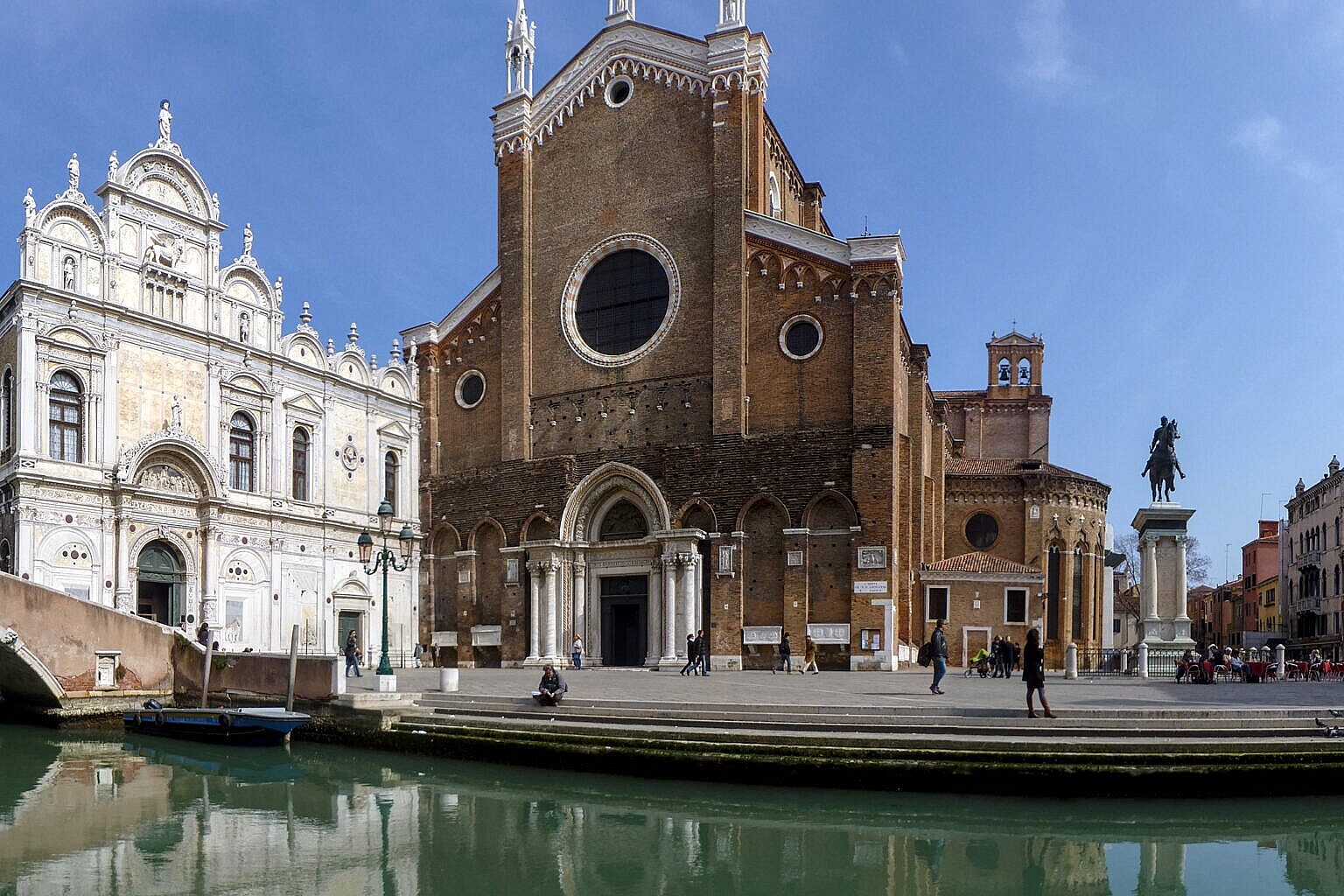
For the Dominicans, Tiepolo donated land on the northern edge of the city. The parchment, also still in the archives, states that the money was for the Dominican monks, so they could build a church, in the “swamp”.
This is the Basilica of SS Giovanni e Paolo in the Sestiere Castello, which would become one of the most important churches of the city of Venice, second only to the Basilica of St Mark.
Among other things, the public part of the funeral of doges happened in SS Giovanni e Paolo, and over twenty doges are buried inside.
The last years
On the mainland, the period of Tiepolo’s rule was dominated by conflicts between Frederick II, Holy Roman Emperor, and the many city states of Northern Italy — the wars between the Guelphs and the Ghibellines, which lasted for centuries.
Even if the destiny of Venice had always been bound to the Levant, in the direction of Constantinople, it was ever harder for Venice to stay out of the conflicts of the mainland and the rest of Western Europe. The increased wealth and power of Venice meant it had a wider network of interests. It was also a more interesting alliance partner for other European states, and the crusades had made many Western European powers stakeholders in the Levant too.
Eastern and western interests were entangled, and Venice couldn’t escape it, as it sat geographically in the middle.
Frederick II had visited Venice in 1232, searching for an alliance against the Papal State and the communes, but had been rebuffed by Tiepolo.
Shortly after, Venice allied with the Pope against the Holy Roman Empire.
Militarily, however, the wars went more in favour of the Holy Roman Empire, and Venice entered into more alliances to counter it. First defensive alliances with Genoa and the Papal State, later also offensive alliances for an attack on the Kingdom of Sicily, aligned with the Empire.
Despite all this, in 1239, Venice attacked Ravenna in the Papal State, and the following year, Venice occupied Ferrara, also under the Papal State, to control navigation on the Po River.
These were, in many ways, wars of everybody against everybody, just about all over the Mediterranean.
During these wars, Pietro Tiepolo, son of Jacopo and Podestà in Milan, was captured by imperial troops, and later executed at the behest of Frederick II. The loss of his firstborn son was a hard blow to an ageing man.
Then, in 1242, Jacopo Tiepolo, old and a widower, married Valdrada, daughter of Tancredi d’Altaville, King of Sicily.
Naturally, this was quite a match, and, in fact, much more than a marriage of two individuals. It was a dynastic alliance.
The marriage, however, fed rumours of dynastic ambitions in Venice, that Tiepolo wanted more than just rule for his lifetime. Opposition to Tiepolo within the Venetian aristocracy started to grow.
In 1245, at the First Council of Lyon, the Pope with the anti-imperial powers, decided to depose Frederick II as Holy Roman Emperor. It was a symbolic act, to deprive him of legitimacy, within the idea of the Divine Rights of Kings. It goes without saying that Frederick II didn’t step down.
The Venetian representatives at the Council of Lyon, on their way back home, were captured in Piedmont, allied with the Hole Roman Empire, and they were handed over to Frederick II.
The leading members of the delegation, Marino Morosini and Ranier Zen, confessed their disagreement with the policies of Jacopo Tiepolo, and after some time, were let go.
That such a thing could happen, and that the two didn’t face prosecution and punishment at their return, shows that the Venetian elite was deeply divided over the wars and the relationship to the Holy Roman Empire.
It was a profound weakening of the political position of Jacopo Tiepolo, and the faction with the Venetian aristocracy, which he represented.
The death of Tiepolo
In 1249, Jacopo Tiepolo fell gravely ill, abdicated and retired to a monastery. He lived just long enough to see the election of his successor.
Tiepolo was probably buried inside the early church of SS Giovanni e Paolo, but it took two centuries to finish the building, and at some point his sarcophagus was moved to the outside, along with several others. It is still there, on the façade of the church, to this day.
It was soon evident , that the political balance had shifted during the wars with the Holy Roman Empire. The next doge was Marino Morosini, later followed by Ranier Zen, the same two noblemen, who had renounced the policies of Tiepolo when captives.
The balance tipped again, as his son, Lorenzo Tiepolo, was elected doge in 1268. It was already then unusual for the son of a doge to become doge, but he did not immediately succeed his father. Lorenzo Tiepolo, furthermore, had military victories and other achievements to his credit, so he wasn’t elected because he was his father’s son. He was, at least in part, chosen on his own merits.
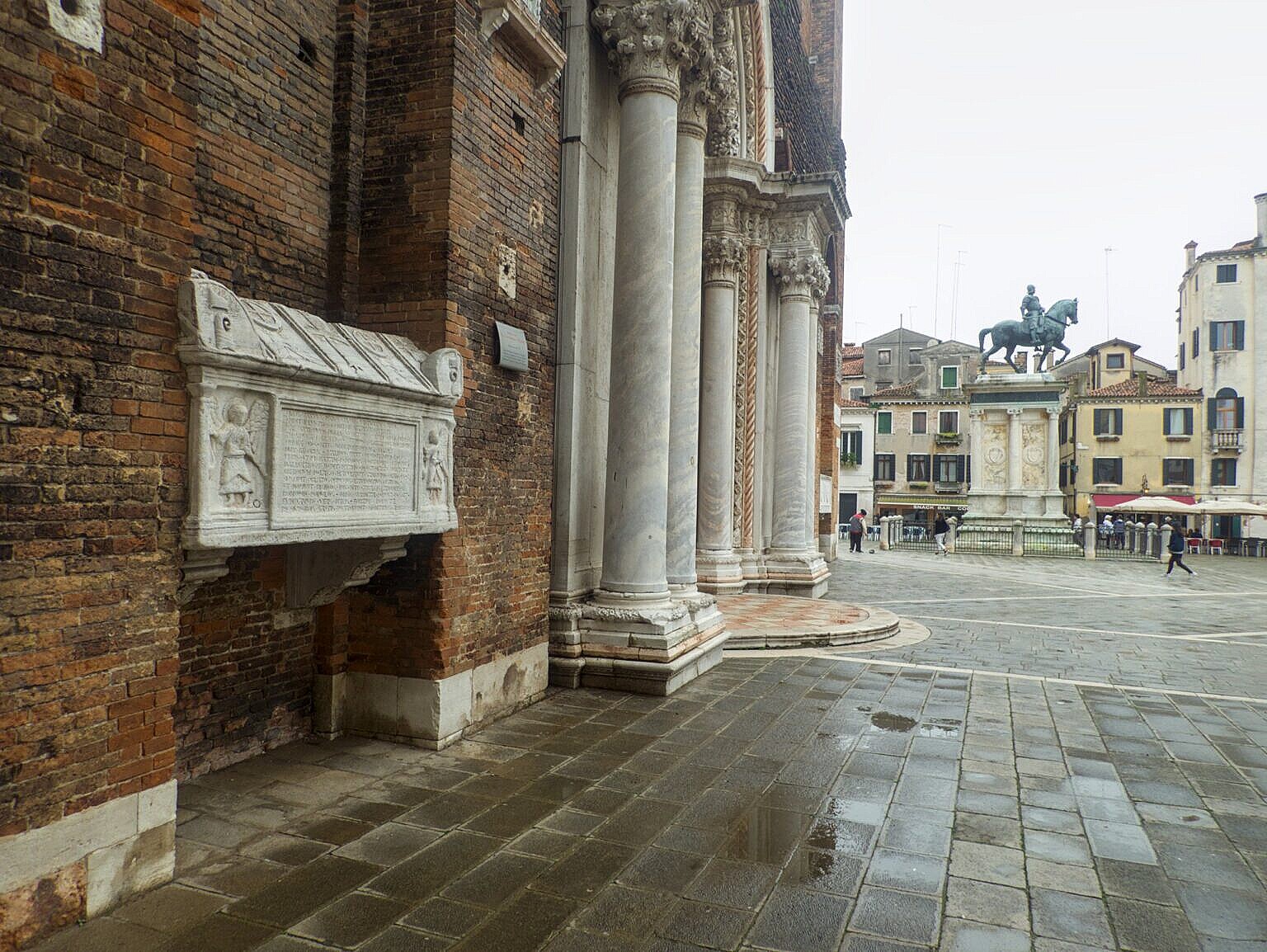
When Lorenzo Tiepolo died in 1275, he was buried with his father, in the same sarcophagus.
While this might seem strange to us, in the Middle Ages it was common to have several members of the same family share a tomb.
During recent excavations in Piazza San Marco, some tombs were found along the foundations of the ancient Church of San Geminiano, which once stood in the middle of the current square. One such tomb contained four individuals, both adults and children.
The sarcophagus
The sarcophagus of Tiepolo and Lorenzo Tiepolo is Byzantine in origin, but modified for Venetian use.
It could have been made in Constantinople, transported to Venice and modified for Jacopo Tiepolo, or imported Byzantine artisans made it in Venice. Following the conquest of Constantinople, and the Venetian influence there, both possibilities are plausible.
The local adaptations are the inscriptions, in Latin, and the hats on the corners of the lid, which are distinctly Venetian.
There are two hats depicted on each corner of the lid.
The upper one is the Corno Ducale, the ceremonial hat of the doge, as a symbol of the status and dignity Jacopo Tiepolo had in life. It is there to say: This is the tomb of a doge of Venice.
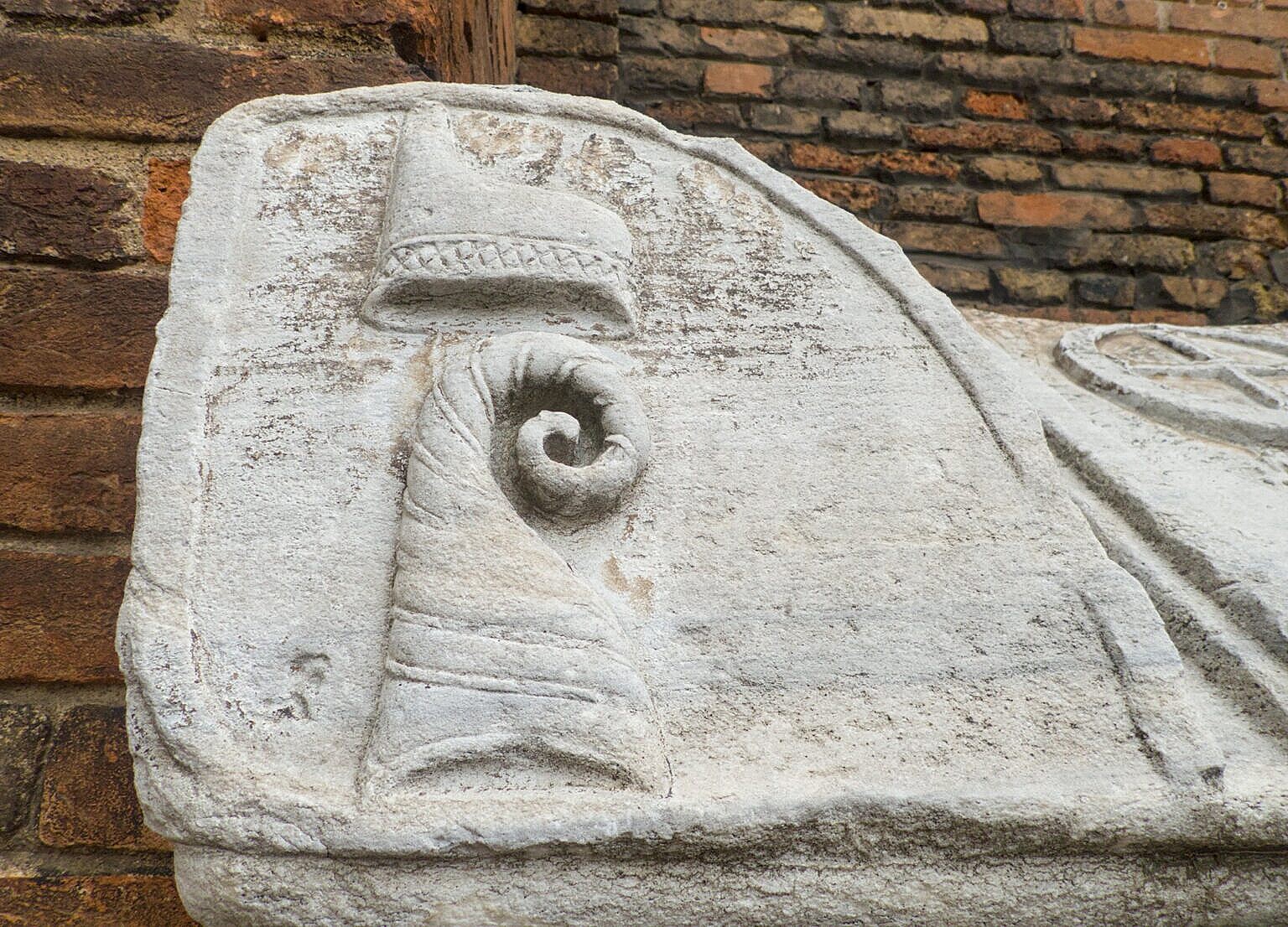
The other hat was the coat of arms of the Tiepolo family. It was normally painted as this particular silver hat in a blue field. In later times, the coat of arms of the Tiepolo changed, in part because of the dishonour following the Bajamonte Tiepolo conspiracy in 1310. Instead of a silver hat in a blue field, they would use a silver castle or tower on a blue background, or some combination of the two.
The main inscription in Latin is a panegyric for Jacopo Tiepolo, listing all his virtues and achievements. With all caveats for my not excellent Latin skills, it means more or less:
He who nature created equal in studies and virtues, born to illustrious parents and buried here under this stone, leader of the Venetians, the most famous offspring of the Tiepolo, dedicated this place, celebrating all triumphs. Jacopo, the ruler, gifted this. With authority, he reformed the city’s laws and, redeeming the ungrateful by competition, gave to the homeland the defeated Dalmatians after a war which dirtied the sea with the blood of the Greeks, taking their fleets. Prince Lorenzo defeated the Istrians and subdued the fierce populations of Bologna; Cervia yielded to peace and strength. They both prayed for the resurrection of the souls.
The bottom inscription, just one line, is a bit enigmatic. It gives the year of death of Jacopo Tiepolo as 1351, while he died in 1349, and the year of the death of Lorenzo Tiepolo as 1378, but he died in 1375.
Sometimes, when one visits the square today, it can be difficult to get close to the sarcophagus. Children, playing football (soccer) in the square, often use the opening underneath the eight centuries old tomb as a goal.
Notes
- The dispatch of 1219 from Tiepolo is reproduced in the original Latin in Romanin (1853), volume 2, p. 408. ↩︎
Related articles
- Jacopo Tiepolo — a chronology
- Doges of Venice
- Tombs of the doges
- State institutions of the Republic of Venice
Localities
Bibliography
- Cicogna, Emmanuele Antonio. Serie de'dogi di Venezia, intagliati in rame da Antonio Nani giuntevi alcune notizie biografiche estese da diversi, 2 vols. Venezia, Merlo, 1840.
- Da Mosto, Andrea. L'Archivio di Stato di Venezia : indice generale, storico, descrittivo ed analitico in Bibliothèque des Annales Institutorum, 5. Roma : Biblioteca d'arte, 1937. [more]
- Leader, John Temple. Libro dei nobili veneti / ora per la prima volta messo in luce. Firenze Tipografia di G. Barbèra, 1866. [more]
- Pozza, Marco. TIEPOLO, Giacomo in Dizionario Biografico degli Italiani - Volume 95. Treccani, 2019. [more] 🔗
- Romanin, Samuele. Storia documentata di Venezia, 10 vols. Pietro Naratovich tipografo editore, Venezia, 1853--1864. [more] 🔗
- Tassini, Giuseppe. Curiosità Veneziane ovvero Origini delle denominazioni stradali di Venezia. 1863. [more] 🔗
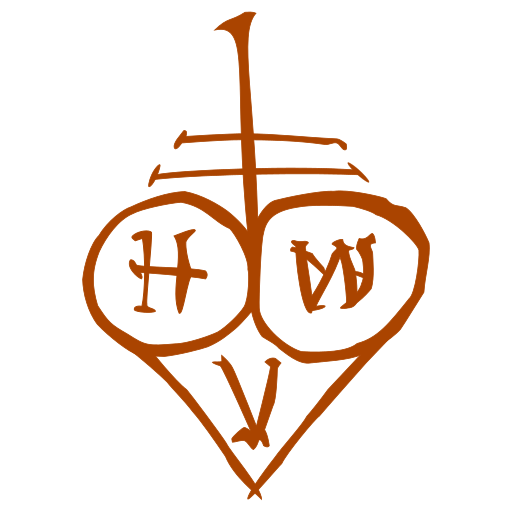

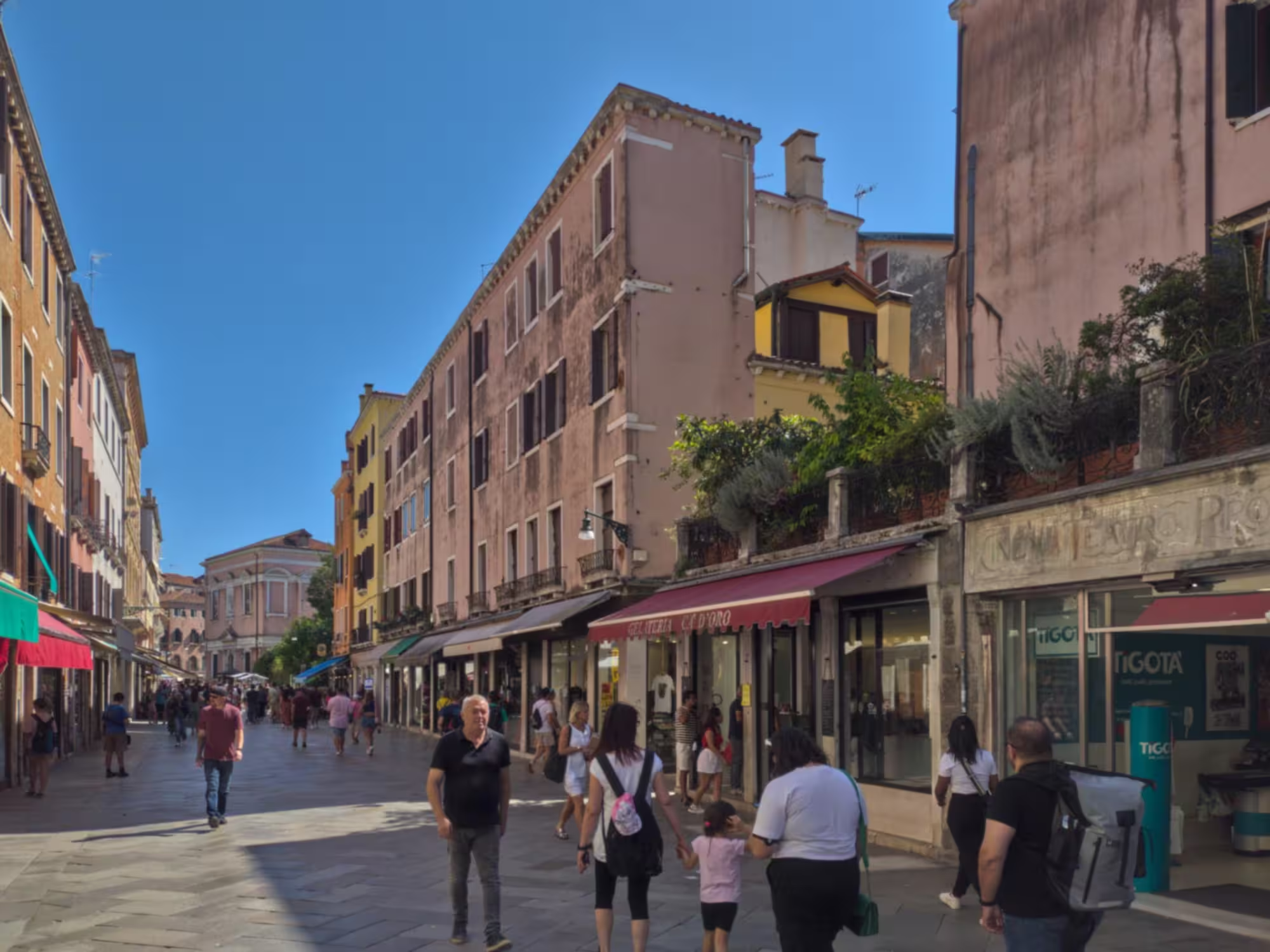
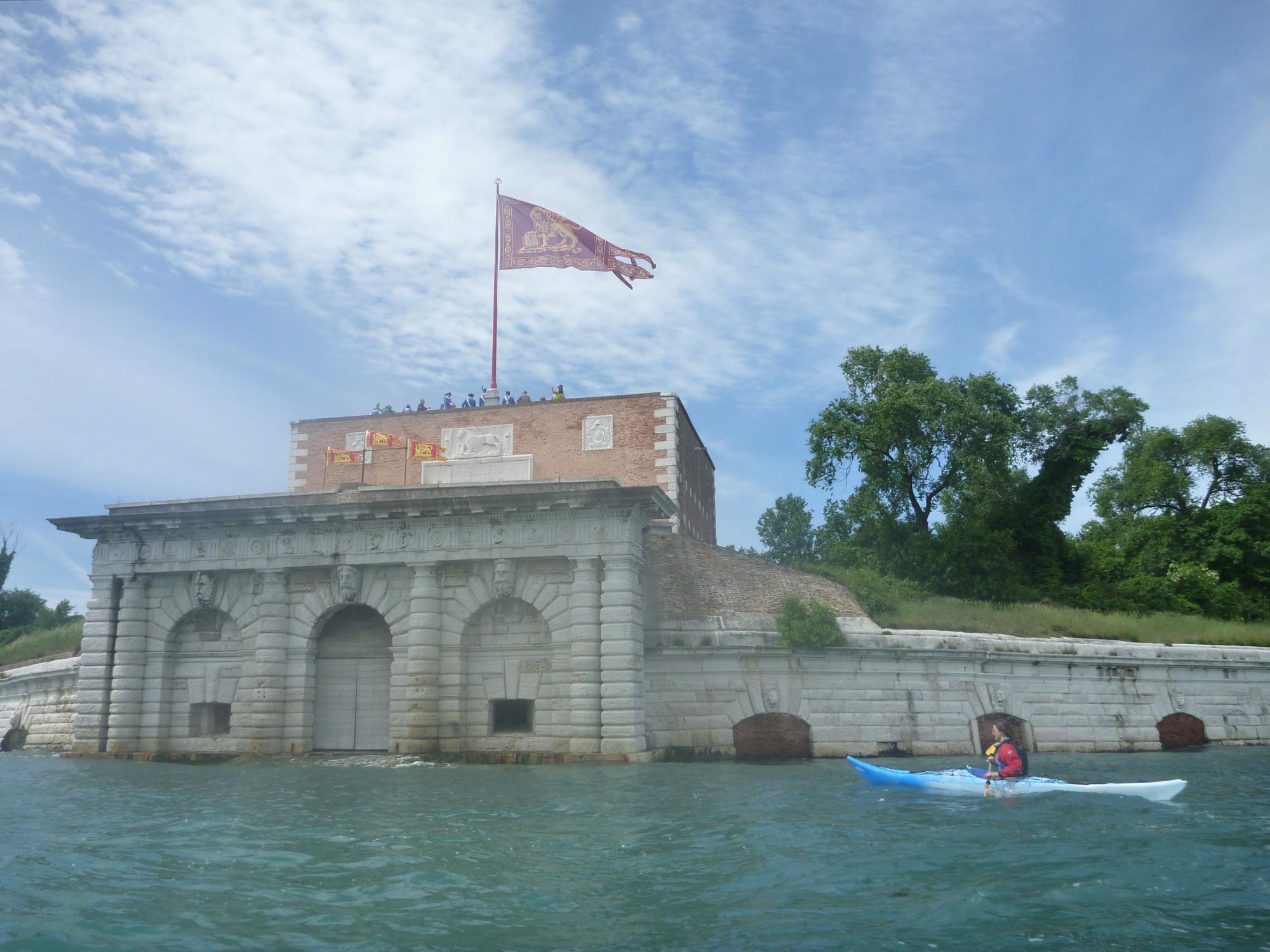
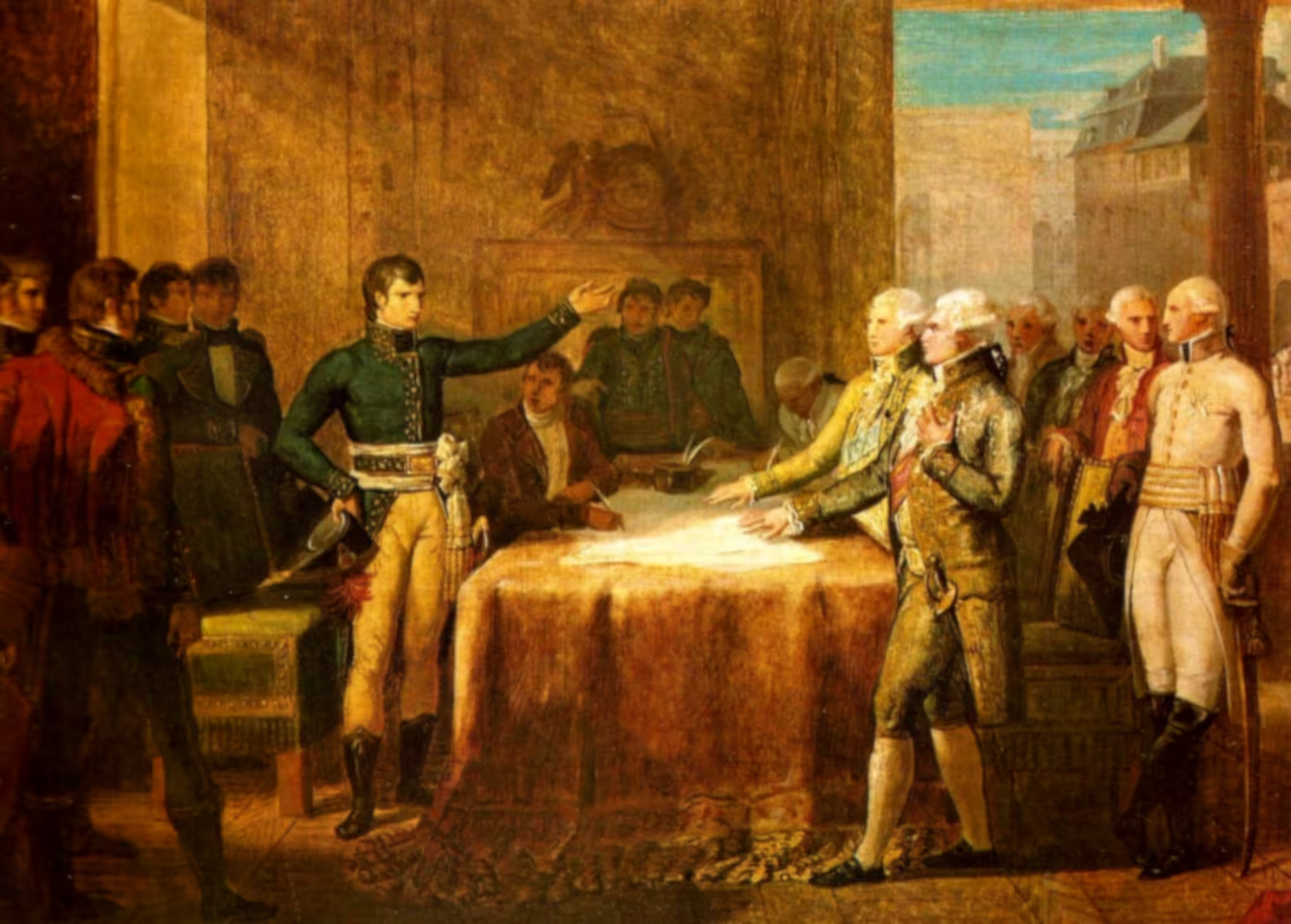
Leave a Reply